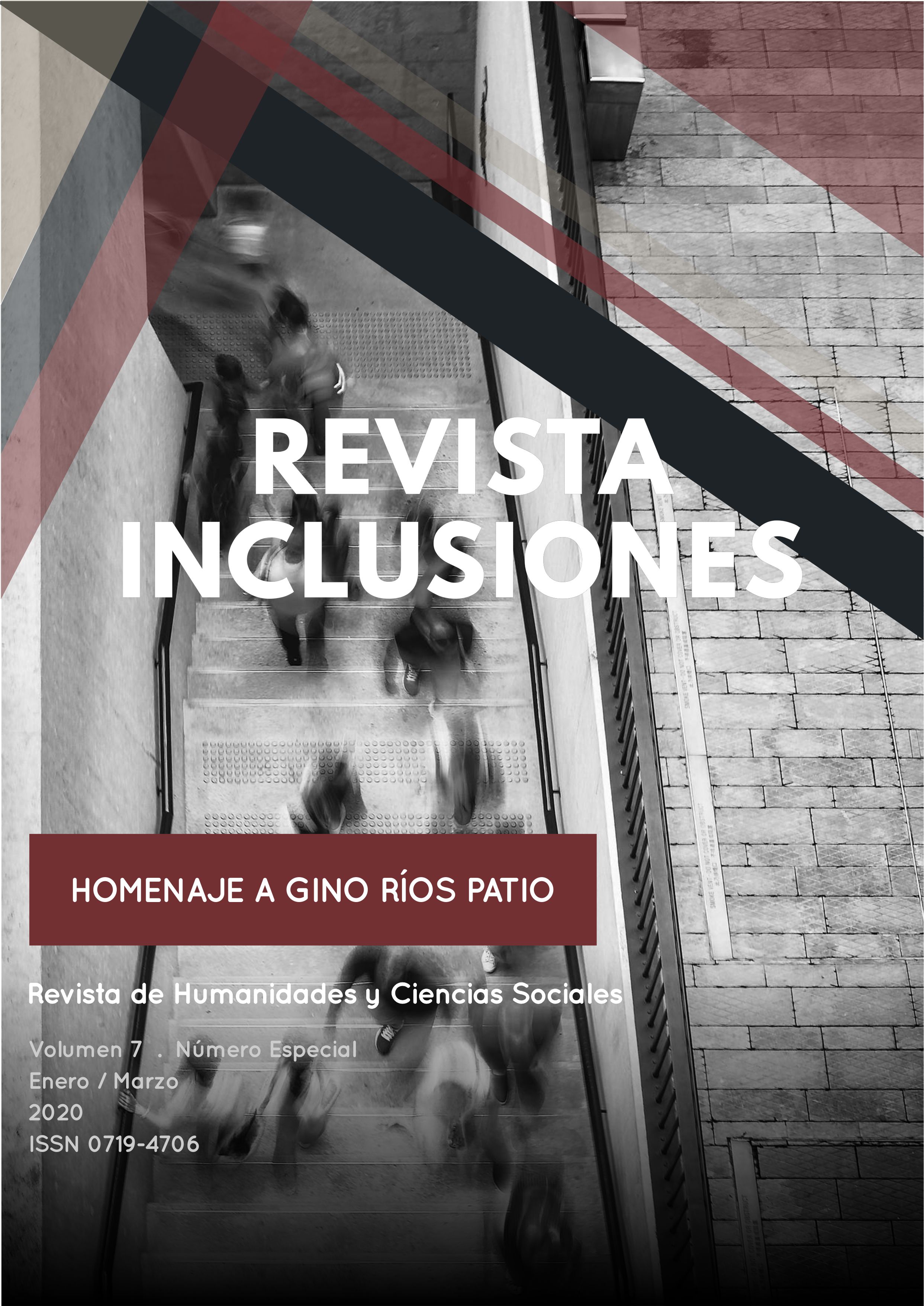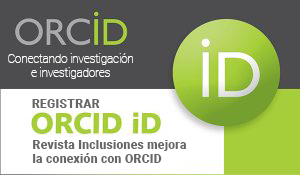BETWEEN THE RIGHT TO THE CITY AND IDENTITY: INDIGENOUS POPULATION IN CONTEXTS OF HIGH URBAN SEGREGATION
Abstract
In this work, the conceptual, operational and normative relevance of the identity of the indigenous
population in contexts of high and very high spatial segregation is discussed, in the particular case
of the Zona Metropolitana de Pachuca (ZMP). Trying to know in what sense indigenous identity
mutates or remains in certain urban spaces or in these "multiple cities" is a pending task in the
social sciences. In this sense, the fundamental purpose of this article is to observe one of the
possibly more complex concepts in social theory; indigenous identity Knowing how it changes, how
t is observed in its articulation with the urban space, especially under schemes of high socio-spatial
segregation, is essential to identify the mechanisms that revitalize or reduce the self-recognition or
loss of an indigenous culture, it is last seen as a human right In this work, there is an approach to
the measurability of indigenous identity based on the application of questionnaires based on a
sample of population in polygons with higher urban segregation. The foregoing was complemented
by non-participant observation, with the purpose of deepening the understanding of inter-ethnic
relations and housing characteristics in these spaces.
Published
How to Cite
Issue
Section
Los autores retienen los derechos de autor y otorgan a Revista Inclusiones el derecho de publicación bajo Creative Commons Attribution 4.0 International (CC BY 4.0). Esto permite el uso, distribución y reproducción en cualquier medio, siempre que se otorgue la debida atribución al autor.











